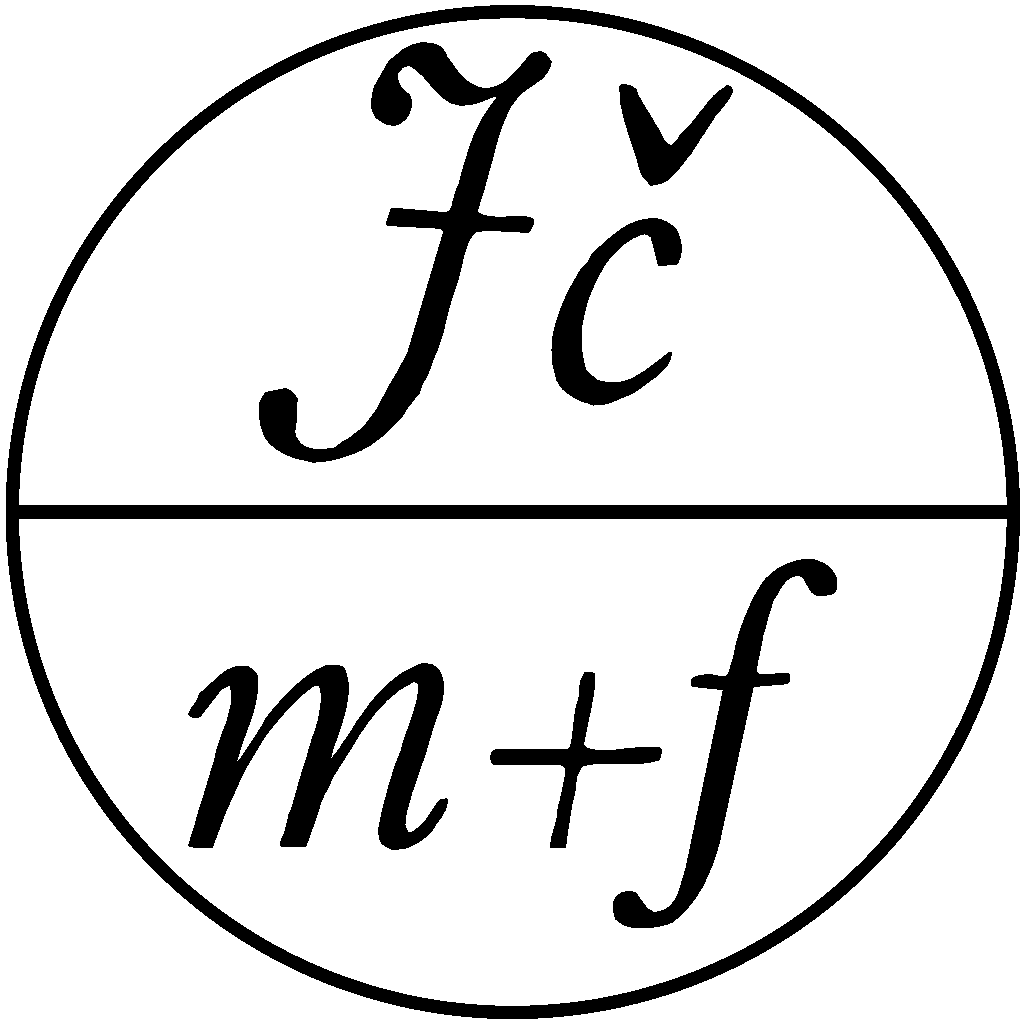Barometric formula in several ways
Abstract
Measurement of the changes of the atmospheric pressure on the altitude is a suitable physical topic for extracurricular activity or for free time activities of pupils. The topic connects physics and geography. The above-mentioned measurement of the atmospheric pressure enables the pupils to perform physical calculations, e.g. calculation of average air density and pressure gradient. The aim of this work is derivation of dependence of atmospheric pressure on altitude, i.e. the barometric formulae, for three models of atmosphere: homogenous, isothermal and adiabatic. The key factor in the derivation of the barometric formulae is the changes in the air density and its dependence on pressure and temperature, i.e. the equation of state of air. The derived barometric formulae are used for comparison with measured data of atmospheric pressure, which were obtained at two routes in the field, i.e. in route from Ostrov nad Ohří – Klínovec, Alykanas – Liva, Zakynthos Island, Greece. Vertical distances at these two routes are 856 m and 687 m, respectively. The measured data show, that for relatively small vertical distances, the linear approximation can be used for the description of the drop of atmospheric pressure with increasing altitude. The elevation gain achieved for both routes is not sufficient to demonstrate the exponential pressure drop with increasing altitude that applies to the isothermal and adiabatic model of the atmosphere.
Downloads
Published
How to Cite
Issue
Section
License
Copyright (c) 2023 MATHEMATICS–PHYSICS–INFORMATICS

This work is licensed under a Creative Commons Attribution 4.0 International License.
Autoři, kteří publikují v tomto časopise, souhlasí s následujícími body:
- Autoři si ponechávají copyright a garantují časopisu právo prvního publikování, přitom je práce zároveň licencována pod Creative Commons Attribution licencí, která umožňuje ostatním sdílet tuto práci s tím, že přiznají jejího autora a první publikování v tomto časopisu.
- Autoři mohou vstupovat do dalších samostatných smluvních dohod pro neexkluzivní šíření práce ve verzi, ve které byla publikována v časopise (například publikovat ji v knize), avšak s tím, že přiznají její první publikování v tomto časopisu.

Obsah časopisu podléhá licenci Creative Commons Uveďte autora 3.0 Česko








